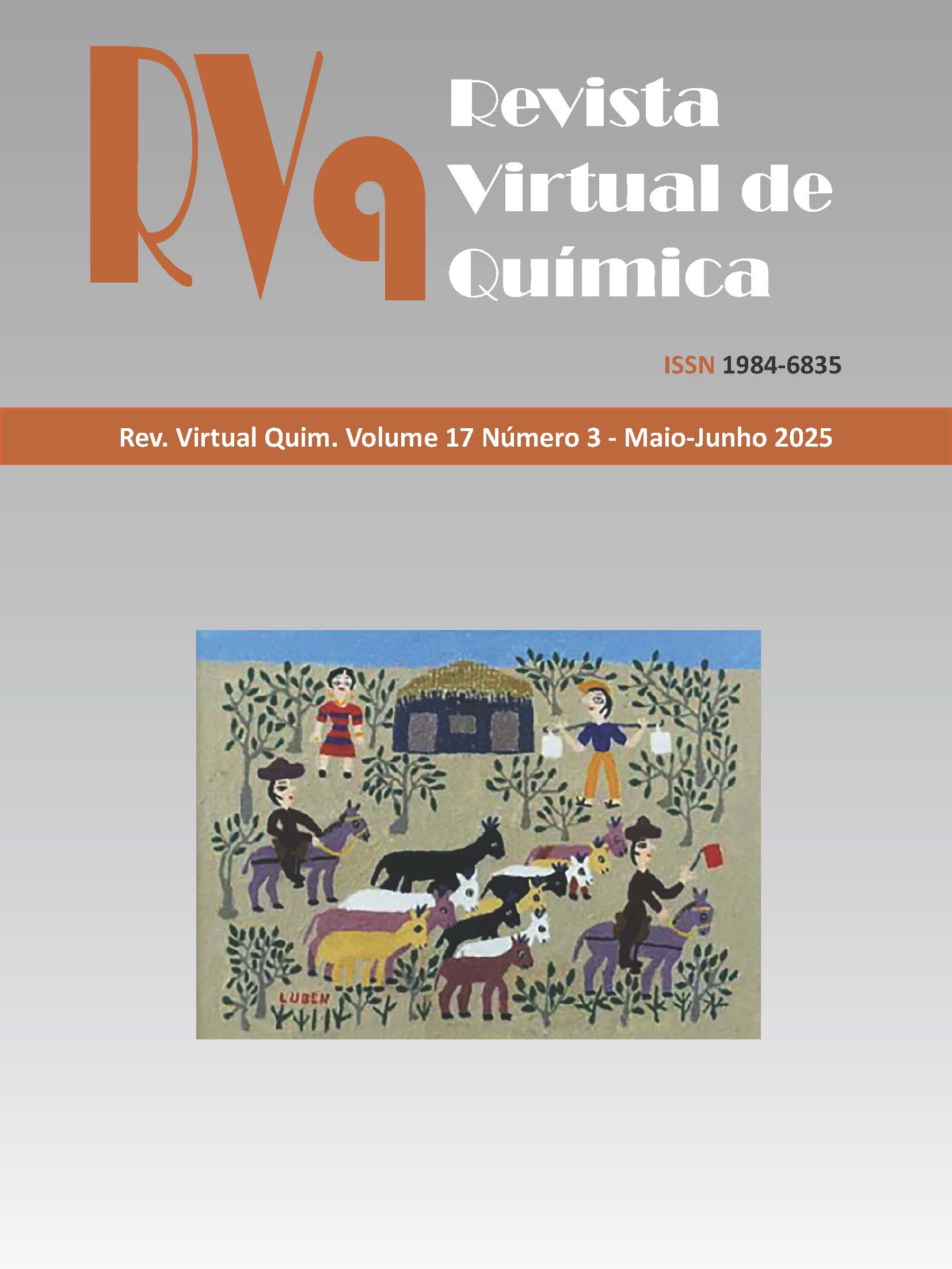Prominent Methods to Process, Characterize and Organize Starch Polymers
DOI:
https://doi.org/10.21577/1984-6835.20240073Resumo
Starch is the most abundant storage reserve carbohydrate in different plants such as seeds, fruits, tubers, and
roots. This carbohydrate is a renewable raw material and can be used for many pharmaceutical, cosmetic,
food, and industrial applications. In the last decade, several groups have been dedicated to studying starches,
applying enzymatic and chemical modification of the granules, improving their properties, and developing
new materials with specific features. In this work, we describe some research done in our group on starch
and its polymers over the years, using several unconventional ways to process, characterize, and organize
them. We explored starch hydrolysis under different conditions and characterized the crystallization
degree, gelatinization temperature, and morphology. Besides that, different light scattering techniques were
used to study amylose fractions extracted from starch. Also, acetylated amylose was applied to prepare
amylose-based inclusion bromothymol blue complexes. Finally, starch nanoparticles were fabricated,
showing a change in the intern organization pattern. All those key findings support the research carried
out by the group over time and give new challenges and opportunities to explore starch and its polymers.
Downloads
Publicado
Edição
Seção
Licença
Copyright (c) 2025 Revista Virtual de Química

Este trabalho está licenciado sob uma licença Creative Commons Attribution 4.0 International License.
Autores que publicam nesta revista concordam com os seguintes termos:
Os direitos autorais para artigos publicados nesta revista são do autor, com direitos de primeira publicação para a revista. Em virtude do acesso público, os artigos são de uso gratuito em aplicações educacionais e não-comerciais desde que com reconhecimento da autoria e da publicação nesta revista.

